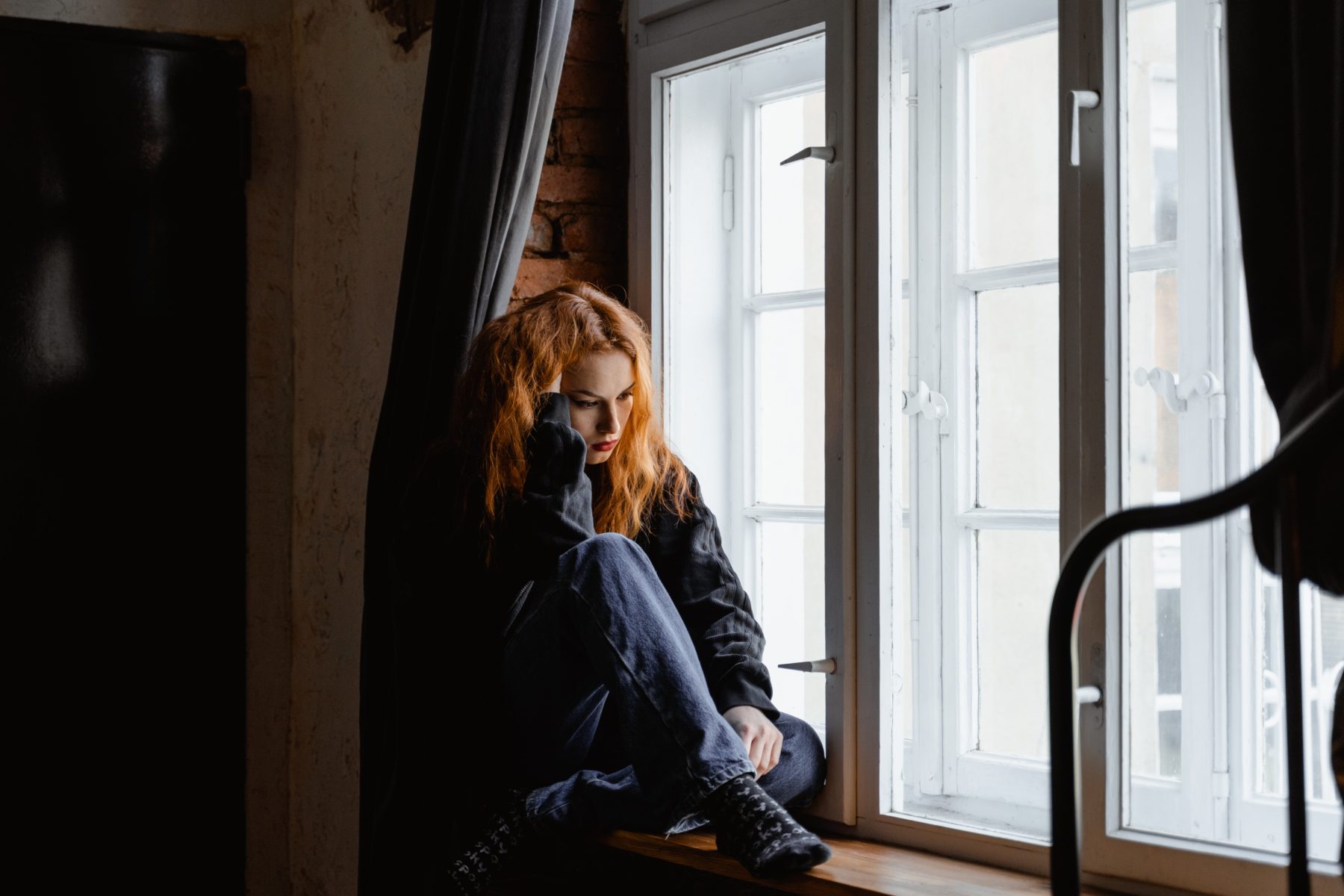What is Seasonal Affective Disorder?

As we reach the peak of winter and for any time of the year, being aware of one’s own mental health is important to overall health and well-being. Seasonal affective disorder, or SAD, is a type of seasonal depression that affects individuals mostly in the winter months. Symptoms usually begin in the fall and worsen in the winter but alleviate in the spring. About 5% of individuals in the U.S. suffer from seasonal affective disorder. But what does seasonal affective disorder look like? What causes it? Who’s at risk? And how do we treat it?
What does it look like?
The symptoms of SAD mimic those of typical depression. More mild symptoms include loss of interest in activities you previously enjoyed, low energy, problems with sleeping, sluggishness and irritability. More concerning and extreme symptoms include loss of motivation of enjoyed activities, changes in eating and appetite, difficulty concentrating, feelings of hopelessness or worthlessness, anxiety, violent outbursts, and thoughts of death and suicide. If you experience thoughts of harming yourself or others, death, and/or suicide, please reach out to your mental healthcare provider or the National Suicide Hotline at 1-800-273-8255.
From an outsider’s perspective, SAD can be identifiable by over or undersleeping, appetite and weight changes, and low energy. If you notice these and other symptoms in a friend or family member, please reach out to them and offer resources or encouragement. Simply recognizing another person’s struggles will mean a lot to them.
Unlike major depressive disorder or other forms of depression, SAD only occurs during certain times of the year, not for the entire year. SAD can also occur in the spring and summer months but that is for unusual cases.
Why does it happen?
SAD stems from a variety of reasons with multiple having the potential to be at play at the same time. In the winter months, the amount of sunlight decreases which can trigger our biological clock to change. Maintaining a balanced biological clock can have a great impact on our wellness as it regulates sleep, hormones and other bodily processes. A decrease in sunlight exposure can also lead to a vitamin D deficiency in our bodies. Sunlight and vitamin D help control and regulate serotonin (the happy hormone) and melatonin (the sleep hormone). Imbalances and changes in these hormones are the common causes of SAD.
Certain individuals can be at a higher risk for SAD than others. About 75% of those who suffer from SAD are women or assigned female at birth. SAD also appears more often in young adults than other age groups. A family history of SAD, depression, bipolar depression and other related mental illnesses or disorders can also predispose one to SAD. Furthermore, those far from the equator experience even less sunlight exposure than those closer.
Other concerns such as social withdrawal, school or work problems, substance abuse and pre-existing mental illnesses or disorders can negatively influence SAD symptoms if untreated or unaddressed.
How can it be treated?
As with any mental health-related concern, consult a healthcare provider such as a therapist or psychiatrist to evaluate your symptoms. Other problems or influences could be at hand besides seasonal changes. However, there are general recommendations which are as follows:
- Phototherapy: Exposure to bright lights, typically via a specialized light for SAD, can stimulate more sunlight to trick your biological clock into helping hormones as normal.
- Antidepressant medication: Please see a psychiatrist to be prescribed medications if other treatments prove ineffective. Follow any instructions given by your prescriber.
- Spending time outdoors: Maximize your exposure to the amount of sunlight available by spending time outdoors, whether it be by taking a walk in the park or enjoying a meal outside.
- Vitamin D supplements: Supplements can help provide the body with nutrients it may lack but, as always, please consult with a doctor before taking.
- Mind-Body connections: Relaxation techniques such as yoga, mediation, guided imagery, and music or art therapy can help with grounding anxious thoughts and promoting calm and collected feelings.






